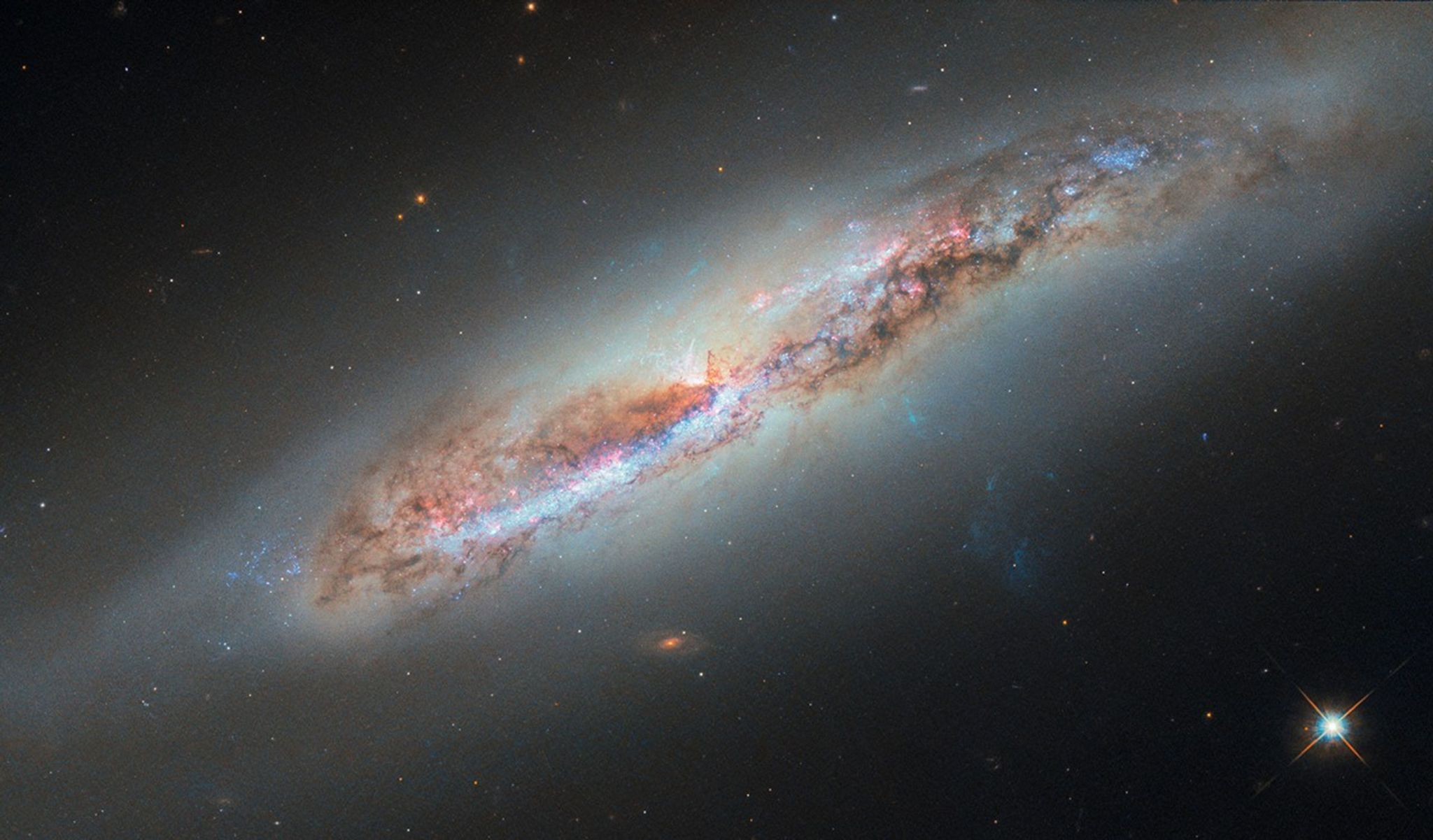Mysteries and insights about Ceres are being discussed this week at the European Planetary Science Conference in Nantes, France.
from News and Features - NASA's Jet Propulsion Laboratory http://ift.tt/1PNwuFZ
via IFTTT
Mysteries and insights about Ceres are being discussed this week at the European Planetary Science Conference in Nantes, France.
Scientists from the European Space Agency's Rosetta mission honor their deceased colleague, Claudia Alexander of JPL, by naming a feature after her on the mission's target comet.
New technique more accurately determines the sources of ozone in a given area.
New findings from NASA's Mars Reconnaissance Orbiter (MRO) provide the strongest evidence yet that liquid water flows intermittently on present-day Mars.
How about: NASA's Opportunity Mars rover will soon move to a position that will help the sun-powered robot keep active through the Martian winter.
NASA will detail a major science finding from the agency's ongoing exploration of Mars during a news briefing at 8:30 a.m. PDT (11:30 a.m. EDT) on Monday, Sept. 28.
A dance between two candidate black holes is yielding some high-speed secrets.
A global ocean lies beneath the icy crust of Saturn's geologically active moon Enceladus, according to new research using data from NASA's Cassini mission.
Wildfires driven by autumn Santa Ana winds are 10 times more expensive than summer fires, a new study shows. But both kinds are costly, and both are on the increase.
The next rock target to be drilled by NASA's Curiosity Mars rover may be sandstone that was deposited by wind, unlike previous rock targets deposited by water.
Astronomers have discovered a rare beast of a galaxy cluster whose heart is bursting with new stars.
The brightest spots on the dwarf planet Ceres gleam with mystery in new views delivered by NASA's Dawn spacecraft.
Herschel and Planck teams are recipients of a prestigious aerospace industry award.
Hedgehog is a new concept for a robot that is specifically designed to overcome the challenges of traversing small solar system bodies.
NASA satellite measurements have given scientists a better understanding of what happens to rain and snow that fall on land, with a few surprising findings.
NASA SMAP observatory managers have determined its radar can no longer return data, but the mission continues to produce high-quality science with its radiometer instrument.
One section of Saturn's rings may be loaded with chunks of solid ice, possibly shards from a destroyed moon, according to a new study by Cassini scientists.
The amount of Martian atmosphere trapped by mineral formation appears inadequate to account for a warm environment when rivers cut valleys on ancient Mars.
A concept for orbiting and landing on multiple asteroids and comets is being developed at JPL.
Researchers have developed innovative flat, optical lenses as part of a collaboration between JPL and the Caltech.
This NASA/ESA Hubble Space Telescope image features the galaxy NGC 4388, a member of the Virgo galaxy cluster. ESA/Hubble & NASA, ...
